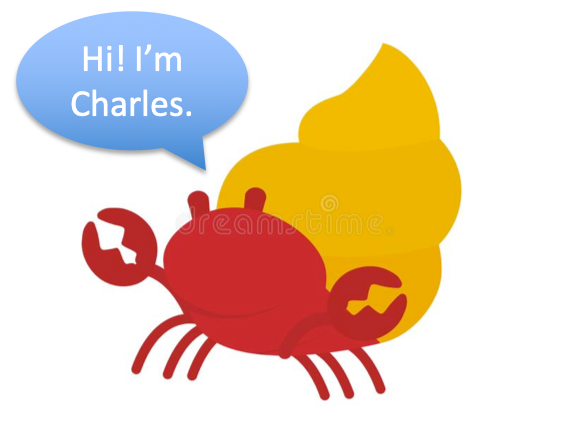An operator with domain is Hermitian if
for all .

Eq35 can also be expressed as because
where we have used the Hermitian property of the operator in the 2nd equality.
Another way of defining a Hermitian operator is by noting that the average value of a physical property must be a real number, i.e.
or

Question
Show that eq37 is equivalent to eq36.
Answer
Substitute where
is a constant in
of eq37 and simplify to give:
Since can be expressed as any linear combination of the basis functions
and
,
can be any number. If we carry out the following:
- Substitute
in eq38
- Subsitute
in eq38 and divide the resultant equation by
- Sum the two resultant equations
we have eq36.
Hermitian operators have the following properties:
-
- Eigenfunctions of a Hermitian operator form a complete set
- Eigenvalues of a Hermitian operator are real
- Eigenfunctions of a Hermitian operator are orthogonal (if they have distinct eigenvalues) or can be chosen to be orthogonal (if they describe a degenerate state)
The first property is a postulate of quantum mechanics. For the 2nd property, consider two eigenvalue equations and
. Multiplying the first equation on the left by
, multiplying the complex conjugate of the 2nd equation on the left by
, and then subtracting the two resultant equations and rearranging, yields:
Using the 2nd equality of eq36,
To show that eigenvalues of a Hermitian operator are real, let
The integral is zero if and only if were zero over its entire domain. However, an eigenfunction is defined as a non-zero function. Therefore,
.
For the 3rd property, we rewrite eq39 as
If , we have
and so,
.
Examples of Hermitian operators are and
.

Question
Show that and
are Hermitian.
Answer
We need to show that .
For , we have
where, for the 3rd equality, we used the fact that is the position of a particle which must be real (
).
For , we integrate
by parts to give:
Since a well-behaved wavefunction that is square-integrable is defined as , i.e. it vanishes at
, the 1st term on the RHS of the above equation vanishes and we have:
Finally, two operators and
are defined as a Hermitian conjugate pair if